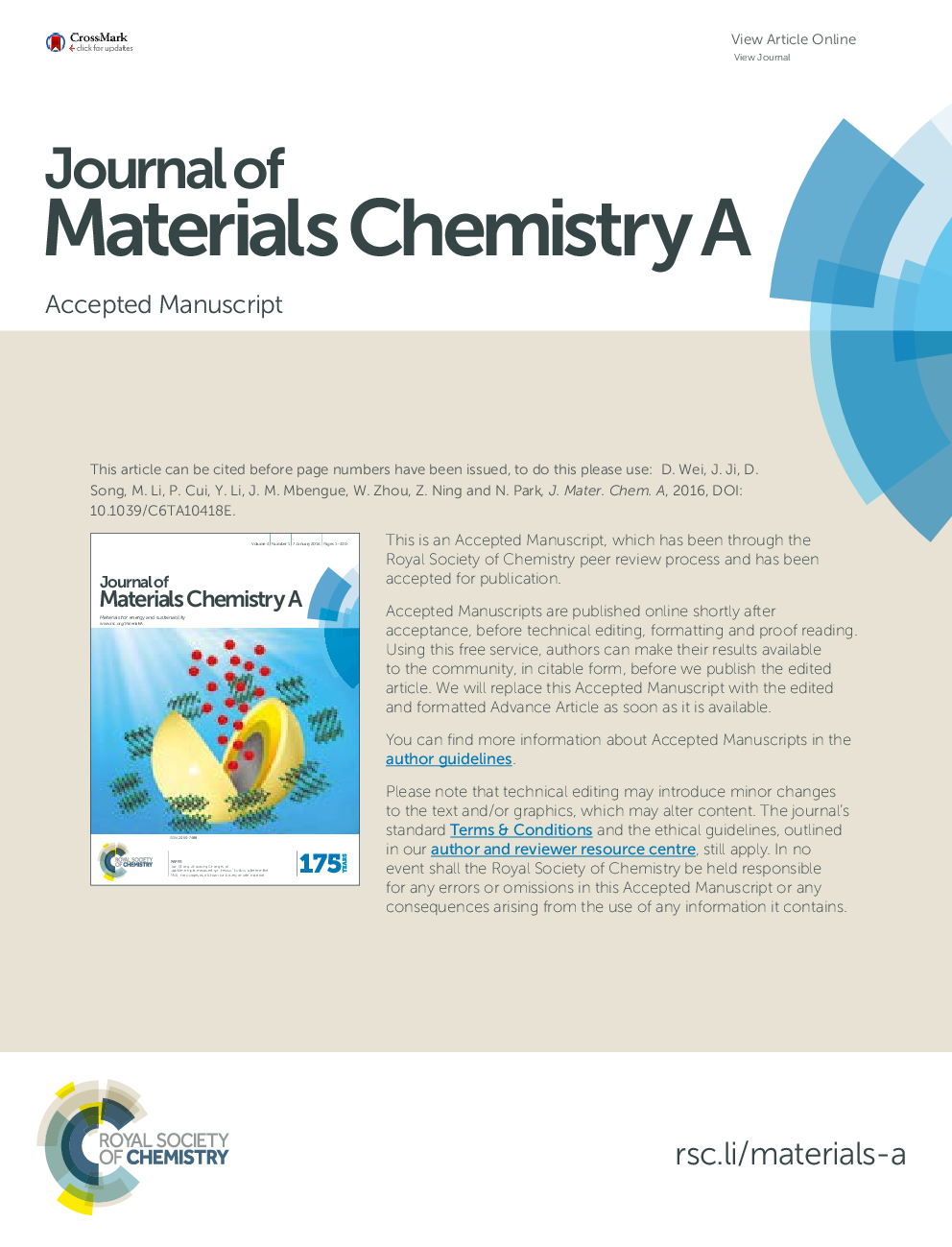| Article ID | Journal | Published Year | Pages | File Type |
|---|---|---|---|---|
| 7443149 | Journal of Archaeological Science | 2014 | 19 Pages |
Abstract
A number of competing or complementary approaches are often used to understand patterns in shellfish abundance in the archaeological record. The relative importance of environmental, behavioural or taphonomic factors lends support to these different models. In the context of South African West Coast shell middens, the procurement of washed-up (stranded) fauna (vertebrates and invertebrates) has been proposed as a possible subsistence adaptation since the Late Pleistocene. The collection of washed-up rocky shore mussels (Choromytilus meridionalis), particularly, has been suggested to account for shellfish species composition in West Coast sites. The objective of this paper is to test this scenario by means of field observations from natural assemblages (washed-up mussels and storm beach accumulations) and archaeological observations from ten late Holocene assemblages. Metrical observations of C. meridionalis shells are interpreted in terms of updated knowledge on the biology and ecology of this species and used to bring insight into the procurement of this species. This study shows that less than half of stranded mussels are edible, and that considerable search/handling costs are involved when procuring this source. Because of their low returns and unpredictability, mussels are much more likely to have been collected from exposed rocky reefs than from washed-up material.
Related Topics
Physical Sciences and Engineering
Materials Science
Materials Science (General)
Authors
Antonieta Jerardino,
